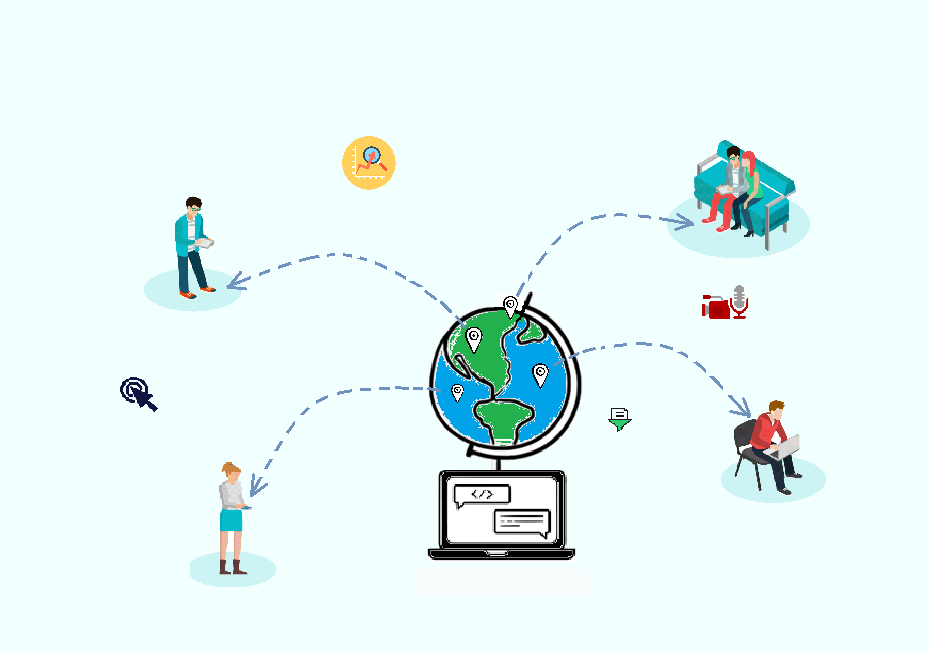
We all want to create products that delight people around us, help to make their lives easier and more enjoyable. Creating great experiences starts with understanding your users, their behavior, motivations, and goals. Remote user studies is an ideal tool for a UX designer to get insights from end-users who may be located anywhere in the world.
These studies provide access to a larger pool of potential customers, cut out travel time, and can significantly lower the cost of usability testing. It allows you to conduct user research with participants in their natural environment by employing screen-sharing software or online remote usability vendor services. In general, tests should be about 20–30 minutes long made up of about 3-5 tasks.
Remote user testing is a way to test how user friendly and easy to use a website or app is with users who are spread across geographical locations. Traditional usability testing brings users and researchers together in one place to conduct the test, whereas remote usability testing allows the researcher and user to be in different locations while the test is completed.
Types of Remote User Testing: There are two different methods you can use when conducting a remote usability study: moderated or unmoderated testing. In remote moderated testing, researchers (aka moderators) are in a different location than their test participants, but both parties are on a web or conference call and are sharing screens.
Moderators can see what participants are doing, and they can both communicate with each other in real time. While In a remote unmoderated usability test, researchers use a software platform to automate their study. Test participants get a list of pre-determined tasks to perform on their own while their screen and voice are being recorded, and they typically think out loud as they complete the tasks.
In this article, we are going to talk about Unmoderated Remote User Testing.
Benefits of Unmoderated Remote user testing –
Important questions you need to ask yourself before starting Unmoderated Remote User Testing:
What- You would like to determine what you wish to find out. Before beginning the study, everybody on the team ought to agree on the queries you intend to raise and therefore the assumptions you intend to check.
Who- You’ll get to fastidiously recruit folks supported your goals: existing customers, prospective customers, or representative customers. I actually like sort of a cooperative approach here where you work together with your team to determine goals for the study and list the characteristics of the folks you wish to interview and folks you wish to exclude from your study. Then make out precise criteria you’ll be able to use to spot those folks and write inquiries to screen them.
How- Verify the simplest analysis methodology for a specific study that may permit you to achieve your goals and write well-formed tasks to achieve maximum insights from participants.
When addressing audience scattered across the world, restricted budgets and time constraints, the mixture of various Unmoderated Remote User Testing provides the made knowledge that helps to form privy style selections and to know however folks move and behave with the interface you’ve created.
Unmoderated usability testing lets you do test sessions with hundreds of people simultaneously, in their natural environment, which, in turn, provides quantitative and even some qualitative data. Performing well planned remote usability testing can yield an enormous amount of data and feedback from participants, which can be used to generate useful insights.